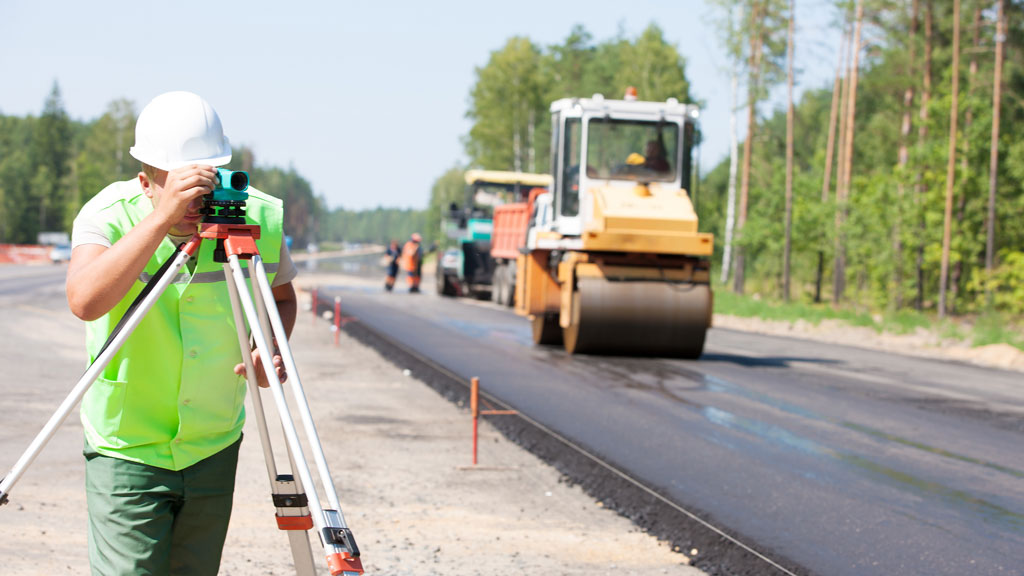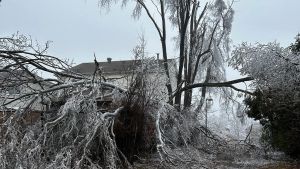There are some clouds of uncertainty hanging over roadbuilders and aggregate producers in Ontario, Quebec and the Atlantic provinces in 2023, but for the most part they are expecting a good year.
Despite the threat of a recession, more interest rate hikes, supply chain issues and labour shortages, they remain generally upbeat.
In Ontario, they are still playing catch-up from the COVID-19 lockdown and with more road and highway work on the horizon as well as increased emphasis on homebuilding, they are anticipating a solid year.
A number of big projects are also still on the books in Quebec and more work is expected in the roads and civil engineering sectors. The Atlantic provinces, meanwhile, are also expecting a positive year ahead.
“With increased demand for aggregate on the horizon many producers are beginning to look at new licence applications,” says Norm Cheesman, executive director of the Ontario Stone, Sand and Gravel Association.
Ontario’s government has committed to building the 52-kilometre-long Highway 413, for example, and it is currently undergoing an environmental assessment. The population of the province is also expected to increase as immigration targets have been raised increasing the need for roads around bigger cities.
With the province committed to building 1.5 million homes over the next 10 years, more aggregate will be needed for roads, schools, hospitals, bridges and more.
Higher interest rates might slow construction in the first half of 2023 which will impact aggregate production and municipalities may temper their project work due to depleted municipal coffers, notes Cheesman.
“However, over the longer term, there is no question that the province has not made up for the infrastructure deficit that has occurred for the past two decades.”
Material and labour shortages remain a concern. Equipment cannot be repaired when parts are not available and contractors may not be able to bid on projects if they don’t have the workers.
The rise of NIMBYism also remains a concern, says Cheesman, as the 2022 municipal elections provided opportunities to spread misinformation and made it difficult for politicians to support the aggregate industry.
In Quebec, a number of large projects are expected to sustain the industry in 2023. They include the Réseau express métropolitain (REM) project in Montreal, the Louis-Hippolyte Lafontaine Tunnel under the Saint Lawrence River, the Ile d’Orléans bridge and numerous Hydro-Québec projects, which will require roads for the construction of power transmission lines as well as municipal infrastructure works.
Gisèle Bourque, CEO of the Quebec Road Builders and Heavy Construction Association (QRBHCA), says the Quebec Construction Commission (QCC) is forecasting overall building activity will be five per cent lower than in 2022.
However, the outlook for the road construction sector appears brighter. Volume of work in the civil engineering and roads sector in 2022 was expected to come in two per cent higher than 2021.
Attracting enough workers remains a challenge for the industry.
The QRBHCA and QCC have implemented several measures aimed at countering the effects of the scarcity of labour, says Bourque, and also worked with the Conseil du patronat to directly target young people with a campaign on TikTok.
“Everything must be done to encourage hiring in the industry, because employers have been hampered in the development of their businesses over the last few years,” says Bourque.
In Nova Scotia, the highway budget for the province is expected to remain at a stable and sustainable level which bodes well for the industry.
Twinning of Highway 104 continues this year. Several smaller 100-series highway jobs will also be completed or substantially moved forward.
Labour is the big issue in Nova Scotia and the industry has begun entry-level training courses to attract new employees.
“This has been an effective help,” says Grant Feltmate, executive director of the Nova Scotia Road Builders Association. “This will continue to be an issue going forward due to several factors including age demographics of our employees.”
New Brunswick is expected to have stable work in 2023 but getting workers into the field will also be the challenge.
In 2022, contractors did not have as many crews as they had in the past and therefore were unable to take on as many projects, which led to delays, explains Tom McGinn, executive director of the New Brunswick Road Builders.
Roadbuilders are presently renovating a 53-foot trailer into a mobile training classroom that will be equipped with heavy equipment simulators. It will go into service in February in hopes of recruiting more youth.
In Newfoundland, work is expected to begin soon on a new interchange on the Trans-Canada Highway at Exit 41 near Galway. A $10.3-million contract has been awarded to Farrell’s Excavating Ltd. for the work.
The federal and provincial governments are also looking into the possibility of building a road connecting the existing Trans-Labrador Highway to communities in northern Labrador. A feasibility study is underway.
In Prince Edward Island, meanwhile, close to 99 kilometres of roads are slated to be repaved over the next year.











Recent Comments
comments for this post are closed